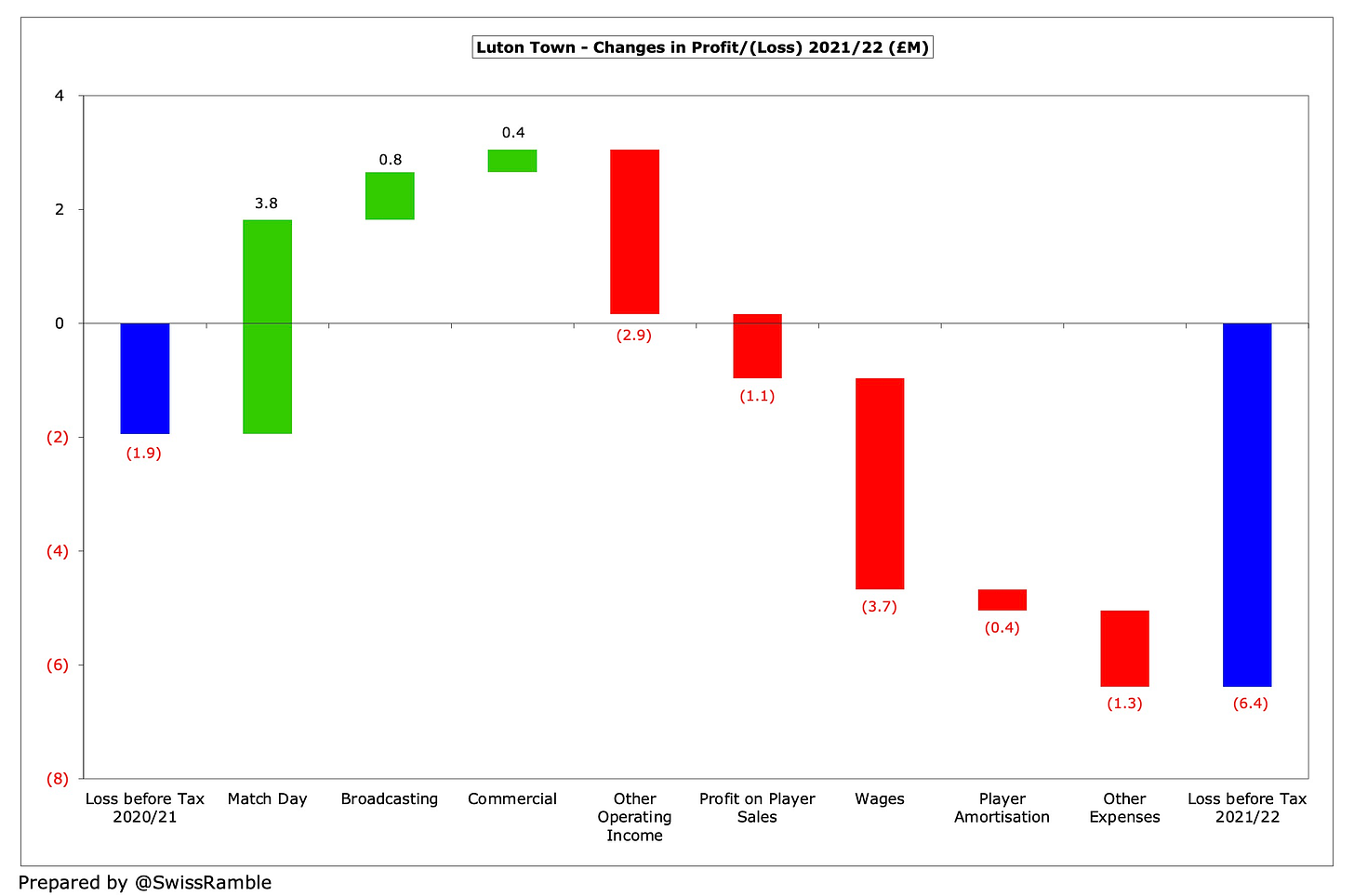Only one game stands between Luton Town and a return to the top flight after an absence of over thirty years, as they face Coventry City in the Championship play-off final this weekend with the final promotion place at stake.
Luton were relegated on the last day of the 1991/92 season, thus depriving them of a place in the shiny new Premier League. Since then, the club has been on a lengthy journey, which took them all the way down to the Conference, including a spell in administration in 2007/08.
These financial issues led to the FA imposing a massive 30-point fine, which effectively sealed the club’s fate. Many Luton supporters still haven’t forgiven the football authorities for effectively kicking them when they were down.
However, as the old saying goes, it’s always darkest before the dawn and Luton have demonstrated great “bouncebackability”, winning promotion three times in the last 10 years, steadily moving the club up the football pyramid.
Even more impressively, Luton’s progress has been achieved on a very low budget, as can be seen by a review of their 2021/22 accounts. These covered last season when Luton finished sixth in the Championship, thus qualifying for the play-offs, though they were beaten by Huddersfield Town in the semi-final.
Profit/(Loss) 2021/22
Luton’s pre-tax loss widened from £1.9m to £6.4m, despite revenue rising £5.0m (39%) from £12.7m to £17.7m, as profit from player sales halved from £2.2m to £1.1m and there was no repeat of prior year’s £2.9m other operating income. In addition, operating expenses increased by £5.4m (27%) from £19.7m to £25.1m.
Luton’s higher revenue was largely due to the return of fans to the stadium following the removal of COVID restrictions, which helped drive increases in match day, up from £1.1m to £4.9m, and commercial, up £0.4m (21%) from £1.9m to £2.3m. Broadcasting also rose £0.9m (9%) from £9.6m to £10.5m.
Luton’s staff costs increased, as the wage bill rose £3.7m (26%) from £14.1 m to £17.8m, while player amortisation was up £0.4m (27%) from £1.3m to £1.7m. Other expenses were also a third higher, rising £1.3m from £4.1m to £5.4m, largely due to the highest cost of staging games with fans.
Keep reading with a 7-day free trial
Subscribe to The Swiss Ramble to keep reading this post and get 7 days of free access to the full post archives.







